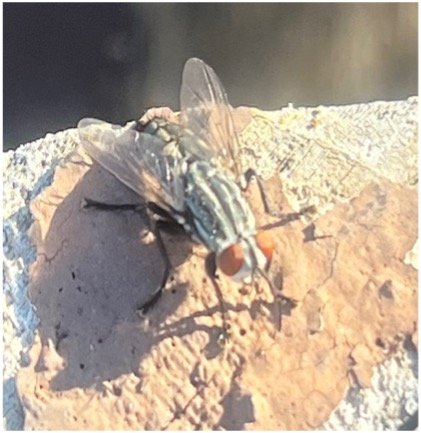by Alan Torretto
Sixty years ago when I was in 4th grade, my teacher explained to the class how Squanto (a Native American) taught the Pilgrims how to plant corn. He told them to always place some dead fish in the ground with the corn seeds. He knew that the dead decomposing body of the fish would help the corn grow healthy and strong. Although that was 405 years ago, Squanto understood the importance of the process of decomposition.
Decomposition is the process of breaking down complex chemical compounds in dead plants and animals into simpler chemicals containing nitrogen, phosphorous, potassium, calcium, etc. that plants can take up. It is important because it recycles these chemicals and makes them available for new or growing organisms to utilize.
Nature’s unsung recycling heroes - organisms that “feed” on the remains of dead organisms
The primary decomposers of most dead plant material are fungi. These include mushrooms, molds, and slime molds. They produce powerful enzymes that break down complex carbohydrates and proteins found in dead plant cells.
From left to right: Orange Bonnet, Chocolate Tube Slime Mold, Hedgehog Scalycap, Bear Lentinus, Oyster Mushroom
Mushroom
The “mushroom” is only the reproductive structure of the fungus. The “tube like” mycelium produces the enzymes that break down the host plants tissues.
Not all fungi are decomposers, many are parasites.
decomposition of animals
From dead rabbit to rabbit bones
Five general stages of decomposition in animals are:
Fresh
Bloat
Active decay
Advanced decay
Dry/remains
When an animal dies, bacteria inside and outside of its body begin to break down tissue. Smell coming from this process attracts flesh flies and vultures. The flies lay eggs, which become maggots that further eat the tissue. Vultures tear off large chunks which allows more bacteria to enter and accelerating the process. The final step is carrion and burying beetles removing the last tissues from the bones.























